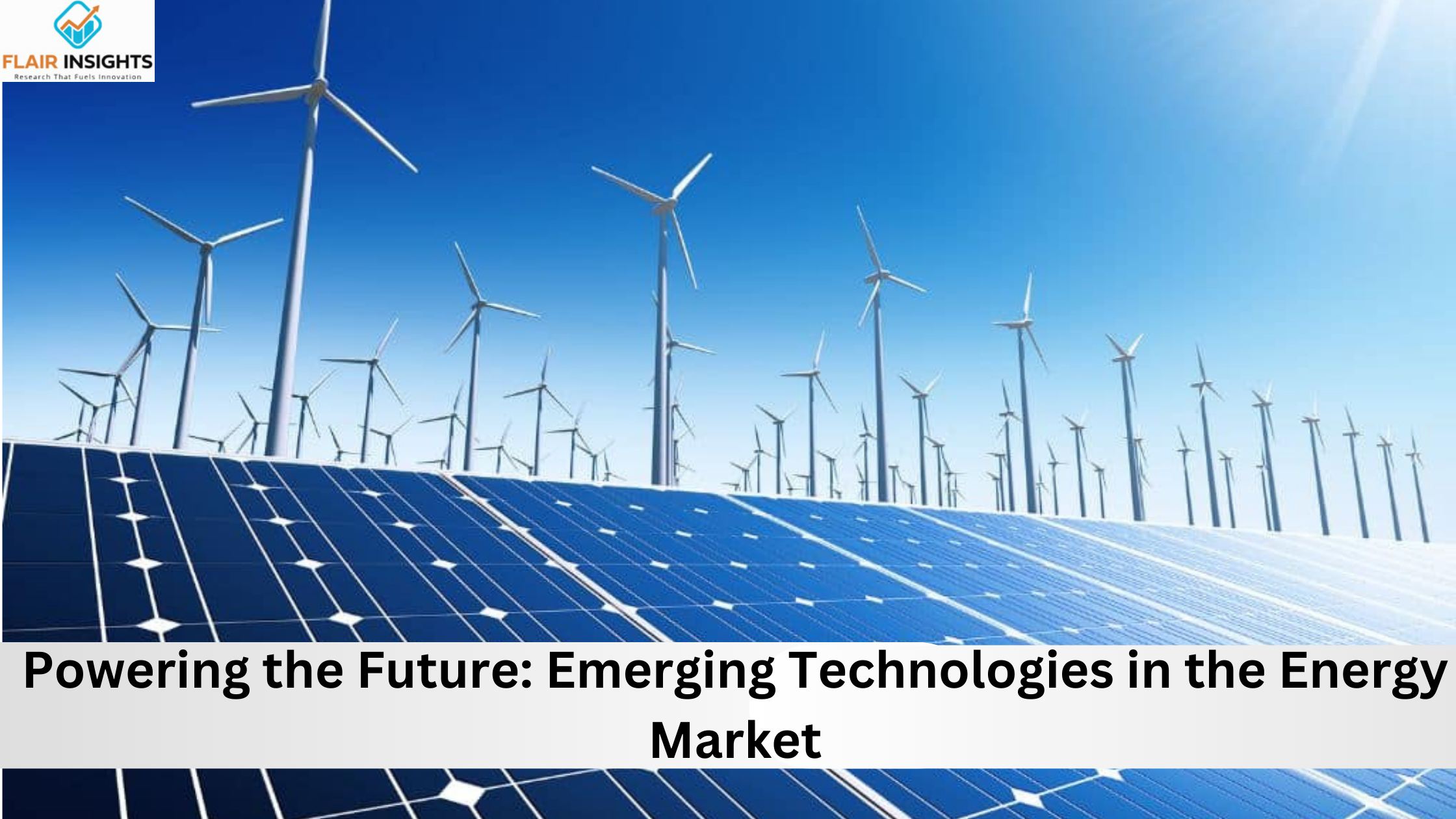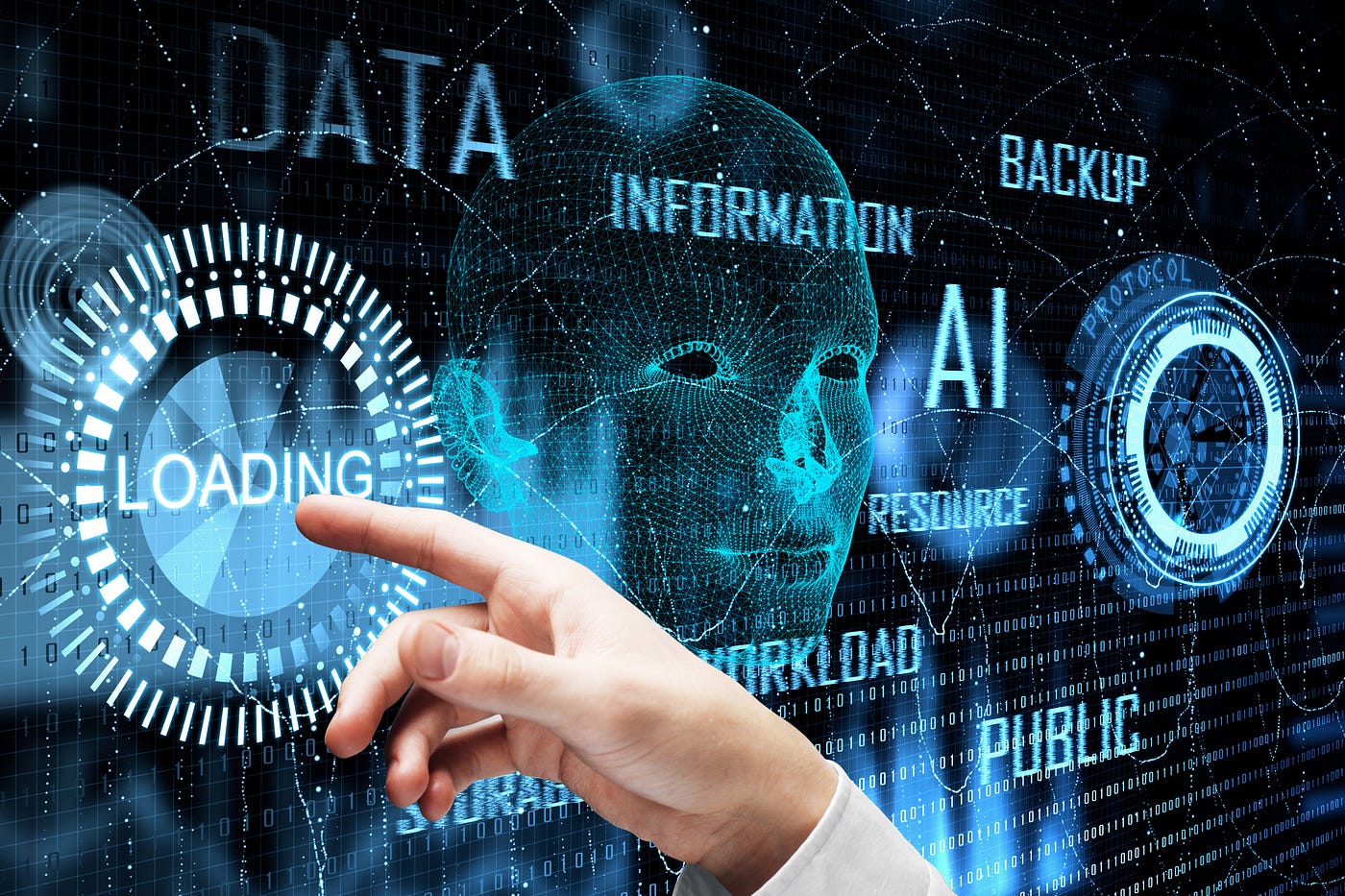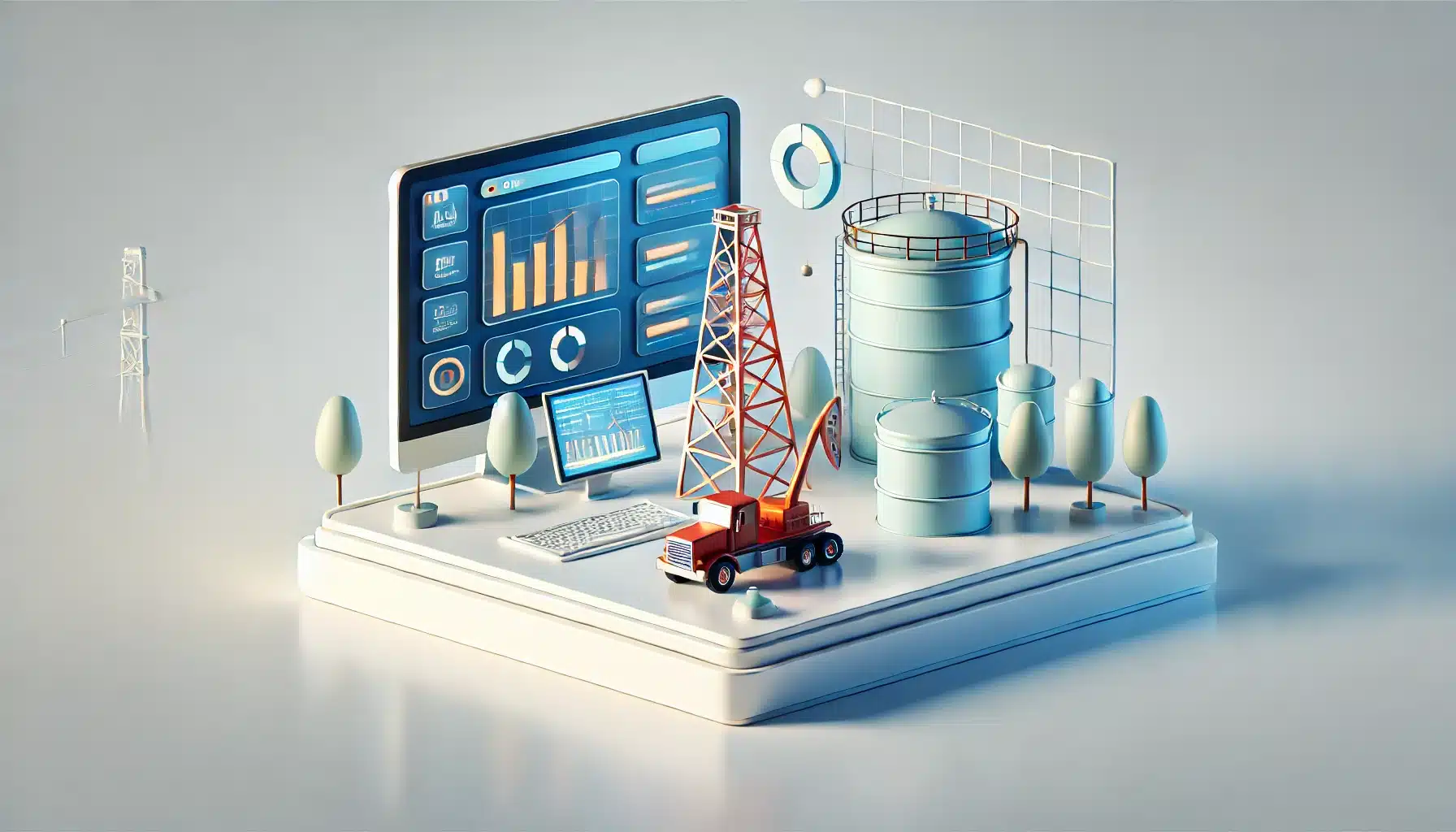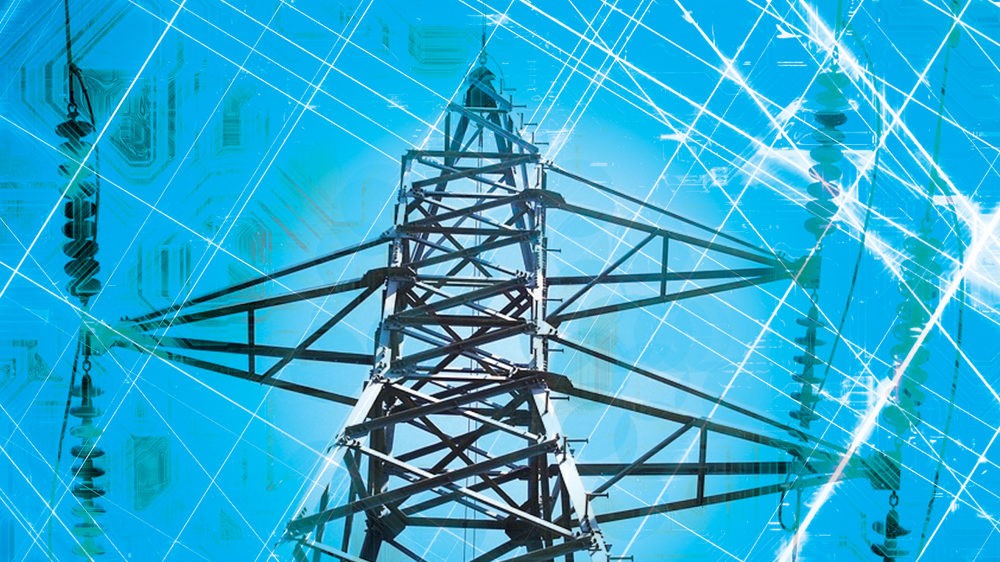
With an impelling drive to curb climate change, shore up energy security, and meet the rising demand for power worldwide, the energy sector is at the threshold of a tectonic change. Numerous disruptive innovations straddle the intersection of technology and sustainability, setting a new pathway for the future in energy generation, storage, and distribution. The paper attempts to explain some of the main emerging technologies with huge potential to transform the global energy market.
1. Renewable Energy Integration
Strong momentum is building for a worldwide transition to renewable sources of energy, including solar and wind power. Moreover, advanced solar photovoltaic technologies and innovative wind turbine designs are becoming more efficient and substantially cheaper. These will provide strong impetuses for enhanced uses of renewable energy, leading to a cleaner and more sustainable world.
Further, the smart grid technologies are being integrated to ensure cost effective inclusion of renewable energy in the prevailing electricity systems. Smart grids utilize advanced sensors, communication networks, and automation to optimize energy distribution, enhance reliability, and address the intermittent nature of renewable sources.
2. Energy Storage Solutions: The Bedrock of Reliability
Though renewable energy sources are increasingly coming into prominence, the naturally variable nature of some of them remains one big issue in ensuring grid stability. This means that energy storage solutions are the bedrock of reliability in the sector. While, to date, lithium ion batteries have dominated the energy storage market, continuous research and development are looking at alternative materials, such as solid state and flow batteries, which promise higher energy densities and hence reduced costs per cycle, higher power capabilities, and enhanced safety.
It is envisaged that such energy storage systems would provide the much needed impetus for the balancing of demand with supply, strengthening grid stability, and further on, the seamless integration of renewable energy sources into mainstream energy mix.
3. Blockchain in Energy Trading: Decentralizing Power Dynamics
Blockchain technology is doing quite a great deal of good in the energy market, given its decentralized and transparent nature in energy trading. It facilitates peer to peer transactions whereby one is able to sell excess energy produced to another in need, hence eliminating the role of the middlemen.
Blockchain opens into secure, traceable transactions that instill trust in the energy market and open up avenues for efficient ways to use resources. Not only this, but it also opens pathways for microgrids giving subjugation to the local production and consumption management of energy.
4. Artificial Intelligence for Energy Efficiency: The Cognitive Revolution
AI is catalyzing a cognitive revolution in the quest for energy efficiency. Machine learning algorithms analyze terabytes of data to detect patterns and predict energy demand to optimize energy consumption across sectors from building and industries to transport.
AI imbued smart grids manage energy distribution in real time demand situations, reducing wastage and increasing the overall system efficiency. AI based energy management systems are increasingly being adopted in industries for the optimization of their production processes to minimize energy use.
5. Hydrogen as a Clean Energy Carrier: The Rise of Green Hydrogen
Hydrogen is developing into an all rounder cleaner energy carrier that probably will provide a pathway to decarbonize several sectors. Green hydrogen, resulting from renewable sources of energy, is an attractive solution for industries, mobility, and generation of power without having GHC emissions.
The development of electrolysis technology that breaks down water into hydrogen and oxygen can make green hydrogen more economical. Hydrogen is being examined in fuel cells for an emission-free, alternative energy source to power vehicles.
6. Advanced Nuclear Technologies: A Safer Frontier
The next generation of nuclear technologies redefines the debate on nuclear power, landing above earlier controversies. SMRs and Generation IV nuclear reactors have improvements in safety, minimized nuclear waste, and can possibly make decentralized power generation a reality.
These advanced nuclear technologies have huge potential to also offer reliable and low carbon baseload power, therefore making very significant contributions to energy portfolio diversification.
Conclusion
It is the all inclusive pathway towards a sustainable and resilient energy future that calls for technological innovation, environmental stewardship, and the requirement for energy security. The place of renewables, next generation storage solutions, blockchain, AI, hydrogen, and next-generation nuclear technologies is at the core of driving this change.
Such technology development and wide scale diffusion will more than likely be enabled by government industry researcher collaboration. Only through combined efforts can we expect to have a guarantee for a cleaner, more efficient, and sustainable energy future that addresses not just climate change but also reliable energy for generations into the future
Trending Posts

Global Silver Nanoparticles Market
The global silver nanoparticles market was valued at $2.08 billion in 2020, and is projected to reach $4.1 billion by 2027, growing at a CAGR of ~17%

The Basic Pension Comes - Federal Cabinet Decides On the Pension Supplement
Financial security in old age is an issue that is causing stomach pains for more and more people in Germany. Low-wage earners fear the elderly. The ba

The Future of Artificial Intelligence
In recent years, the field of artificial intelligence (AI) has witnessed unprecedented growth and transformative advancements. As AI technologies

"LNG Bunkering" Here is something you must know!
In the current scenario of growing pollution, companies are trying to adapt more and more sustainable approach that not only gives eco-friendly result

Sailing into the future with Autonomous Ships
Autonomous Vehicles (AVs) are the uproar of this era. After airways, thanks to the companies like Tesla, that people are now getting used to see drive

Rising Demand For Uninterrupted Power Supply Is Expected To Drive The Power Rental Market
Todays world is totally reliant on electric power. There are many things which are not manageable without electricity. Power rental is a concept where

Rapidly growing IT industry coupled with the trend of bringing your own device (BYOD) is expected to provide new opportunities for growth of Cloud Collaboration
Cloud collaboration is the process of sharing and co-authoring the computer-based work through cloud technology

Fact check on UV Disinfection for COVID-19
Many regulatory authorities and bodies believe that UV disinfection technologies can play a role in a multiple barrier approach to reducing the transm

Vaccination: Vaccination Against Measles is Now Mandatory in Germany
The subject of compulsory vaccination has always heated peoples minds and caused emotionally charged discussions. The latest law in this area - the ob

The Global Ventilator Market Grows at a CAGR of 7.75 %
The Global Ventilator Market, which was at $688 million in the year 2016, is about to double by the year 2025, and reach a value of $1,347 million. Th
Recent Posts

Gold at Historic Highs in 2025: Strategic Implications of a Flight to Safety
Gold has reached unprecedented valuation levels in 2025, crossing $3,175 per ounce globally and nearing ₹94,000 per 10 grams in India—a 23% increase year-to-date

The Escalating U.S.-China Trade War: Strategic Implications for the Global Economy in 2025
In 2025, the U.S.-China trade war has reached an inflection point, introducing heightened complexity and volatility into the global economic system.

Tariffs & Trade: Key Trends, Policies, and Market Impact
A tariff is a tax imposed by a government on imported or exported goods. It is primarily used to regulate international trade by either encouraging domestic production or generating revenue for the government.

The Global Buy Now Pay Later (BNPL) Market: Growth and Opportunities
The global Buy Now Pay Later (BNPL) market has emerged as a revolutionary financial solution, transforming how consumers approach shopping and payments. Offering flexibility and convenience, BNPL allows consumers to make purchases and pay.

Global Motorhome Market: Growth and Forecast
The motorhome market has gained significant momentum over the past decade, driven by rising interest in outdoor tourism, evolving consumer lifestyles, and advancements in vehicle design and technology. As a preferred option for travelers seeking.

The Global Poppy Seed Market: Growth and Trends
Poppy seeds, derived from the opium poppy plant (Papaver somniferum), have been a vital component in global culinary, pharmaceutical, and personal care industries for centuries. The global poppy seed market is gaining traction due to its versatility.

Global Plant Breeding and CRISPR Plants Market
The global food industry is facing immense pressure due to rising population levels, diminishing arable land, and the impact of climate change. Innovations in plant breeding, particularly the use of CRISPR technology, are reshaping the agricultural .

Global Pheromones Market – Trends, Opportunities, and Forecast
The global pheromones market has witnessed significant growth, primarily driven by the rising demand for eco-friendly pest control solutions in agriculture. Pheromones, natural chemicals emitted by insects and other organisms to communicate.

The Role of Technology in Oil and Gas Risk Management
In an industry as dynamic and complex as oil and gas, risk management is crucial for ensuring operational efficiency, regulatory compliance, and safety. Risk management software has become an indispensable tool for companies in this sector.

Global Smart Grid Sensors Market
The global energy landscape is undergoing a significant transformation, with smart grid technologies at the forefront. Smart grid sensors, a critical component of modern energy grids, enable efficient monitoring, energy distribution.
.png)